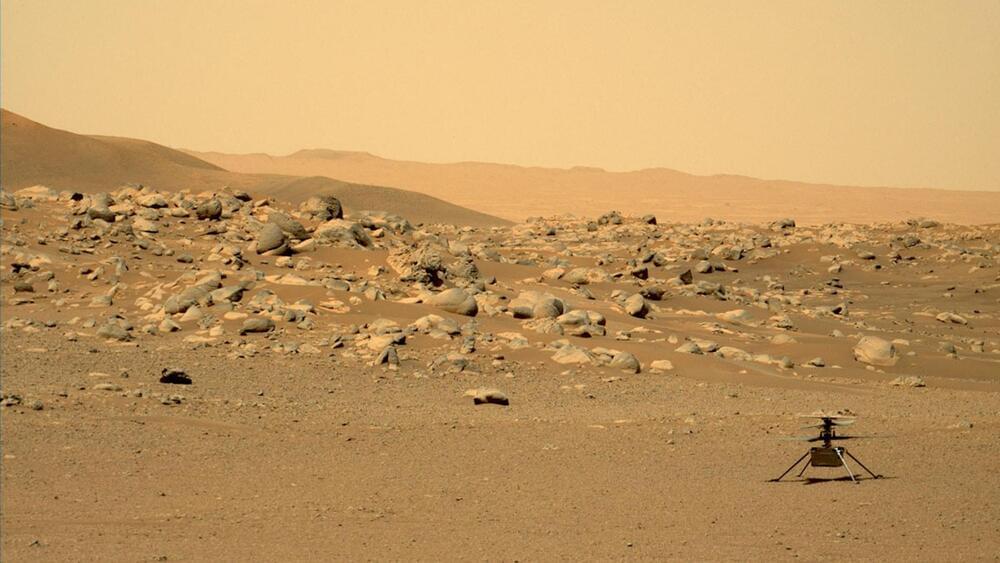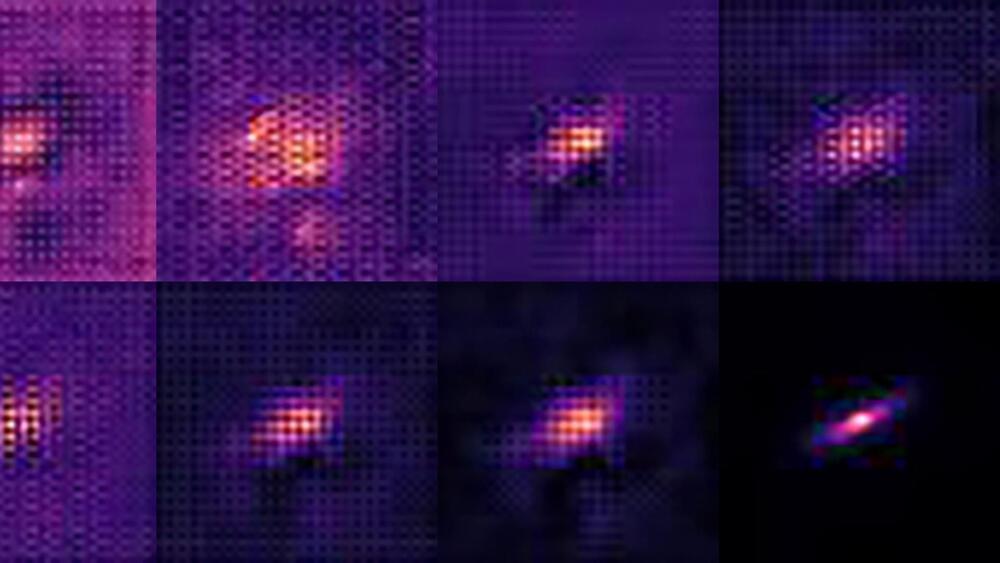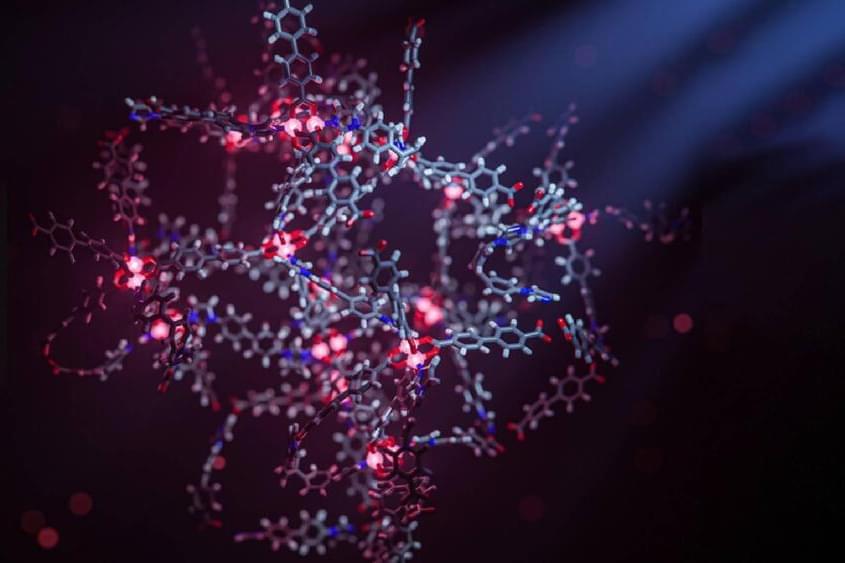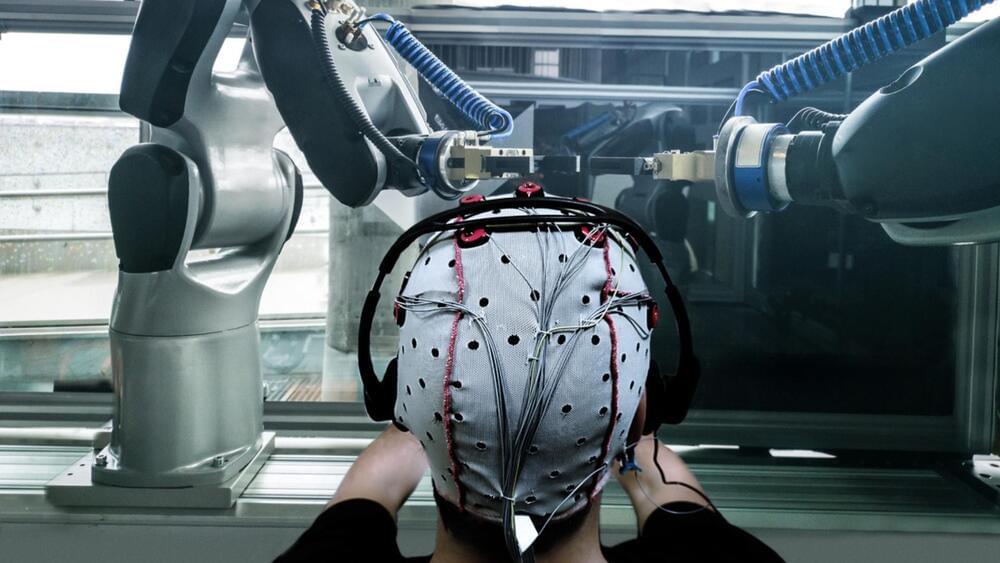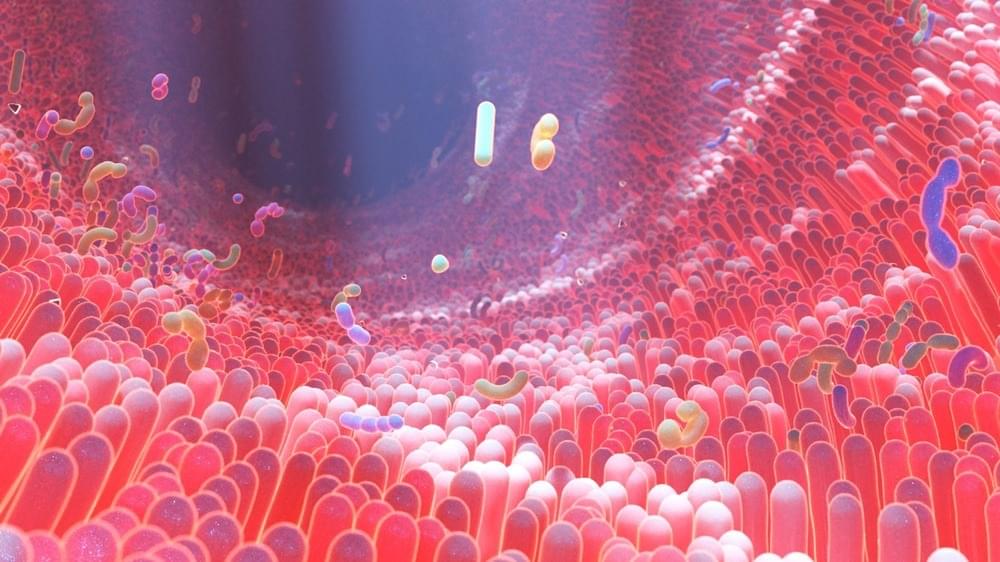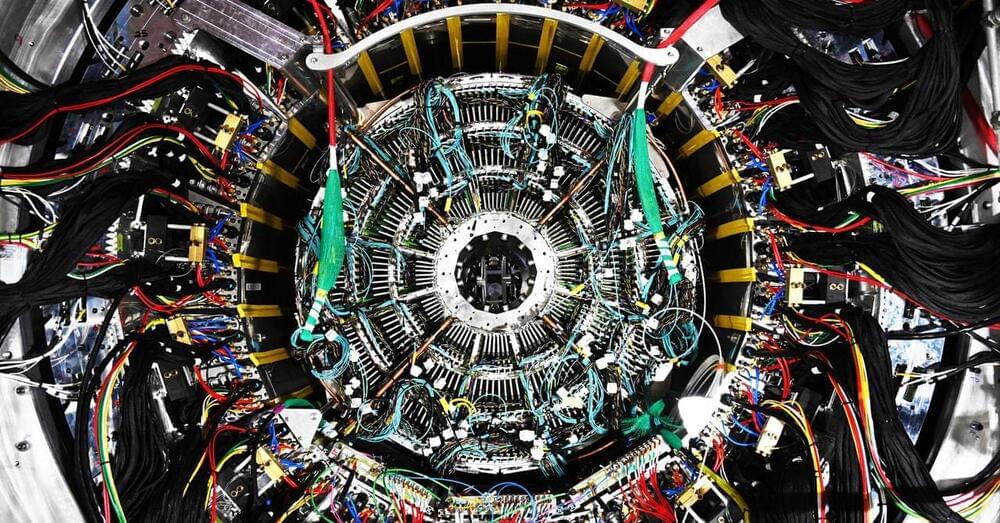The off-world chopper flew to its highest altitude and speed on its 49th mission on the Red Planet.
NASA’s record-breaking Mars Ingenuity helicopter has soared to new heights and flown faster. The off-world helicopter has flown for almost two years, massively exceeding its original mission parameters.
On its latest flight, Sunday, April 2, Ingenuity flew to its highest altitude yet and faster than on any of its previous missions. The latest flight.
Ingenuity soars to new heights.
NASA / jpl-caltech / ASU / MSSS
The off-world helicopter has flown for almost two years, massively exceeding its original mission parameters.
